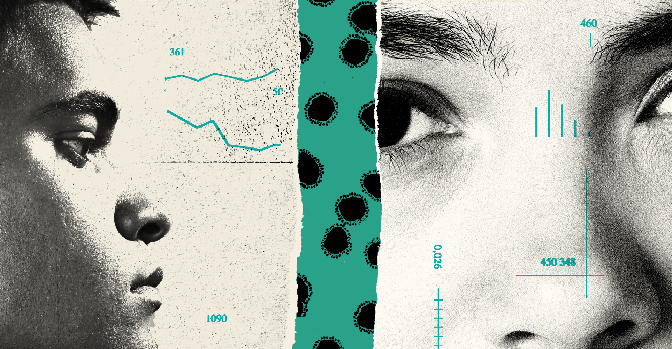America’s fault lines are showing. As my colleague Joe Pinsker put it last week, there are really two pandemics:
One will be disruptive and frightening to its victims, but thanks to their existing advantages and lucky near misses with the virus, they will likely emerge from it relatively stable—physically, psychologically, and financially. The other pandemic, though, will devastate those who survive it, leaving lasting scars and altering life courses.
Where you end up depends on “a morbid mix of a sort of demographic predestination—shaped strongly by inequality—and purely random chance.”
Across the U.S., this outbreak is already exposing stark race, class, and gender divides—and threatening to exacerbate them.
CLASS
The coronavirus could create a new working class.
Not everyone can just work from home: Data suggest that benefit lies disproportionately with high-income Americans. And while the wealthy hunker down, essential workers remain at cash registers, fearful for their own health.
Plagues, counterintuitively, can be good for workers, my colleague Olga Khazan reports. One study of 15 major pandemics in history found that they increased wages afterward. Experts anticipate a turn toward populism post-outbreak, but whether it will be the Bernie Sanders or Donald Trump variety is unclear.
Source link
 Black America Breaking News for the African American Community
Black America Breaking News for the African American Community
